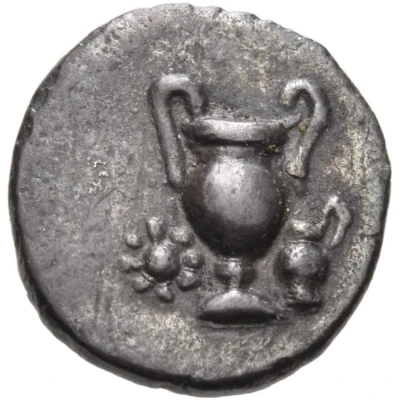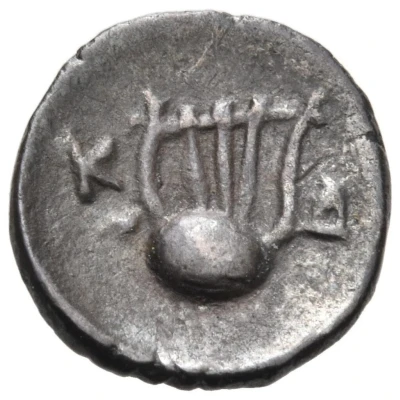


© Nomos AG
Obol 300 BC - 250 BC
| Silver | 0.53 g | 11 mm |
| Issuer | Canusium (Apulia) |
|---|---|
| Type | Standard circulation coin |
| Years | 300 BC - 250 BC |
| Value | Obol (⅙) |
| Currency | Drachm |
| Composition | Silver |
| Weight | 0.53 g |
| Diameter | 11 mm |
| Shape | Round (irregular) |
| Technique | Hammered |
| Orientation | Variable alignment ↺ |
| Demonetized | Yes |
| Updated | 2024-10-09 |
| Numista | N#388012 |
|---|---|
| Rarity index | 100% |
Reverse
Lyre.
Script: Greek
Lettering: K Δ
Interesting fact
The Obol coin from Canusium (Apulia) was used as a form of currency in ancient Greece and was equivalent to one-third of a drachma. It was made of silver and weighed 0.53 grams, as . The obol was a widely used denomination in ancient Greece and was often used to pay for small transactions, such as buying food or drinks at a market. It was also used as a form of payment for workers and was sometimes used as a form of tribute or offering to the gods. The fact that the Obol coin was made of silver and had a standardized weight and value shows the advanced level of economic organization and trade in ancient Greece.